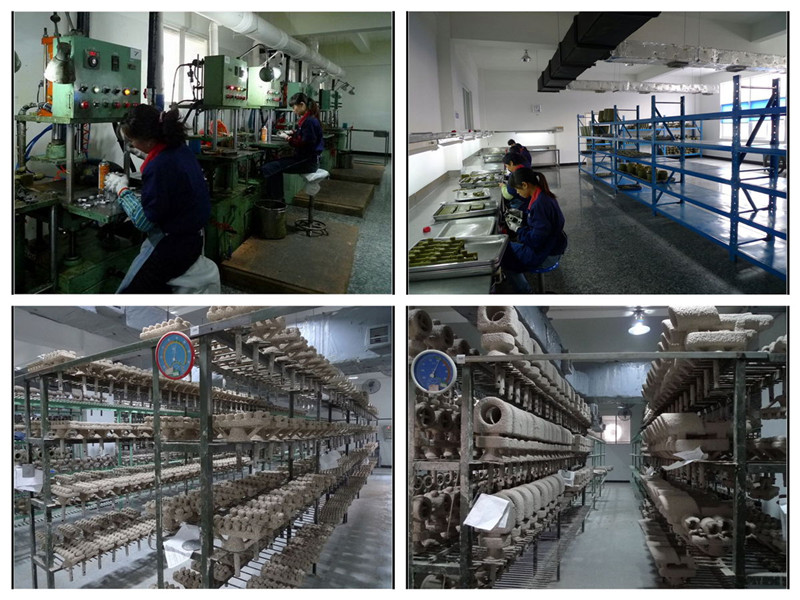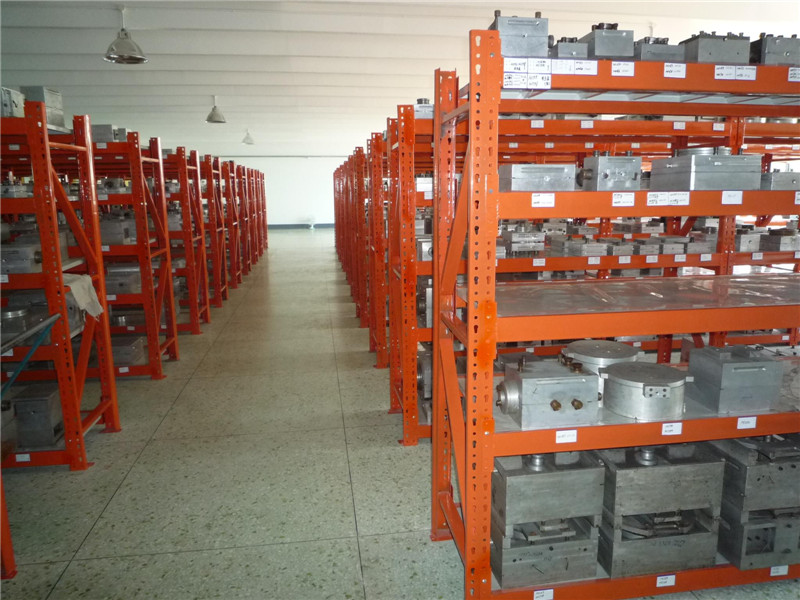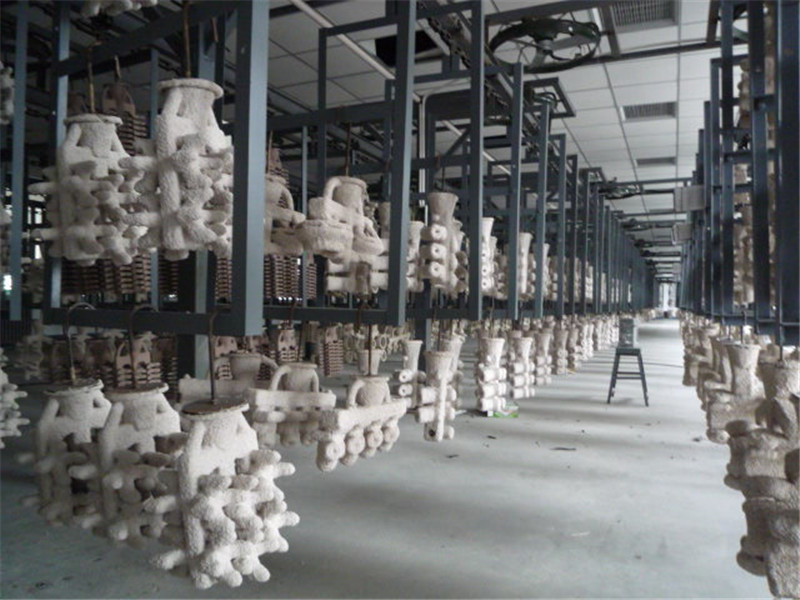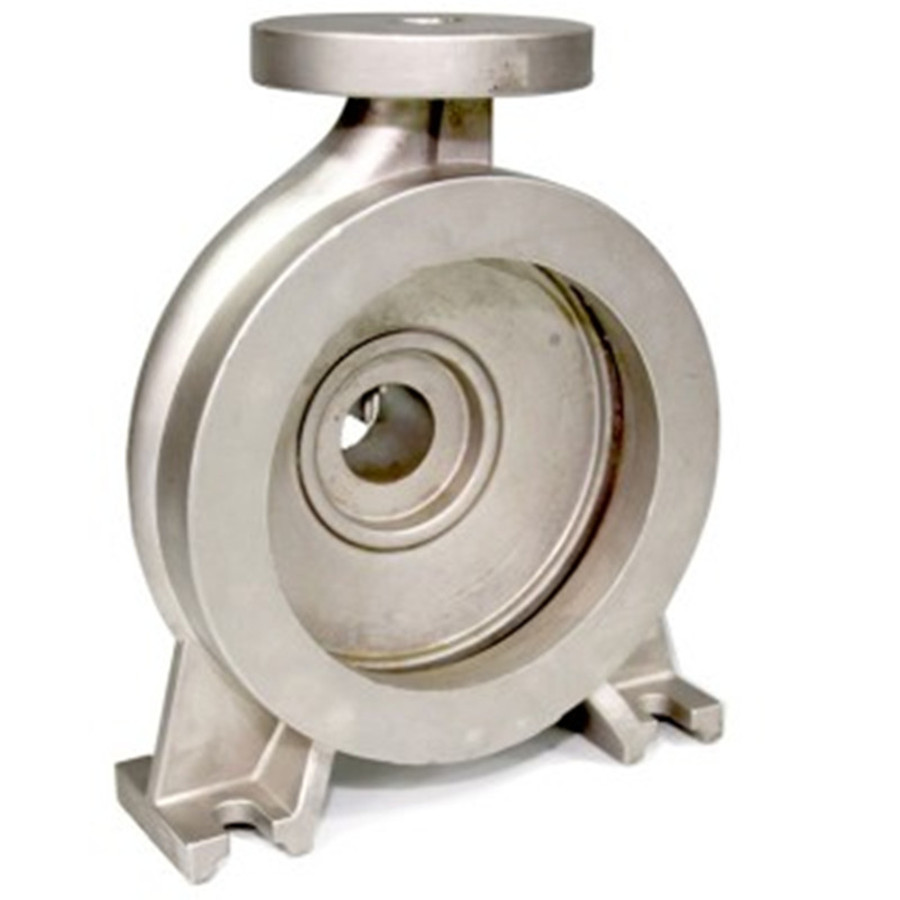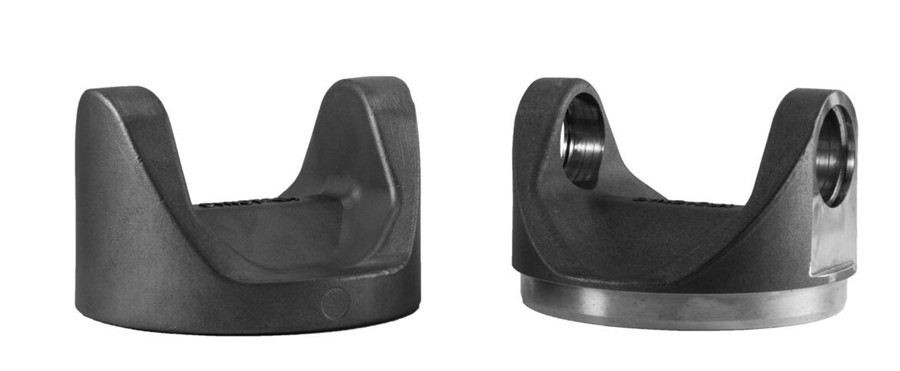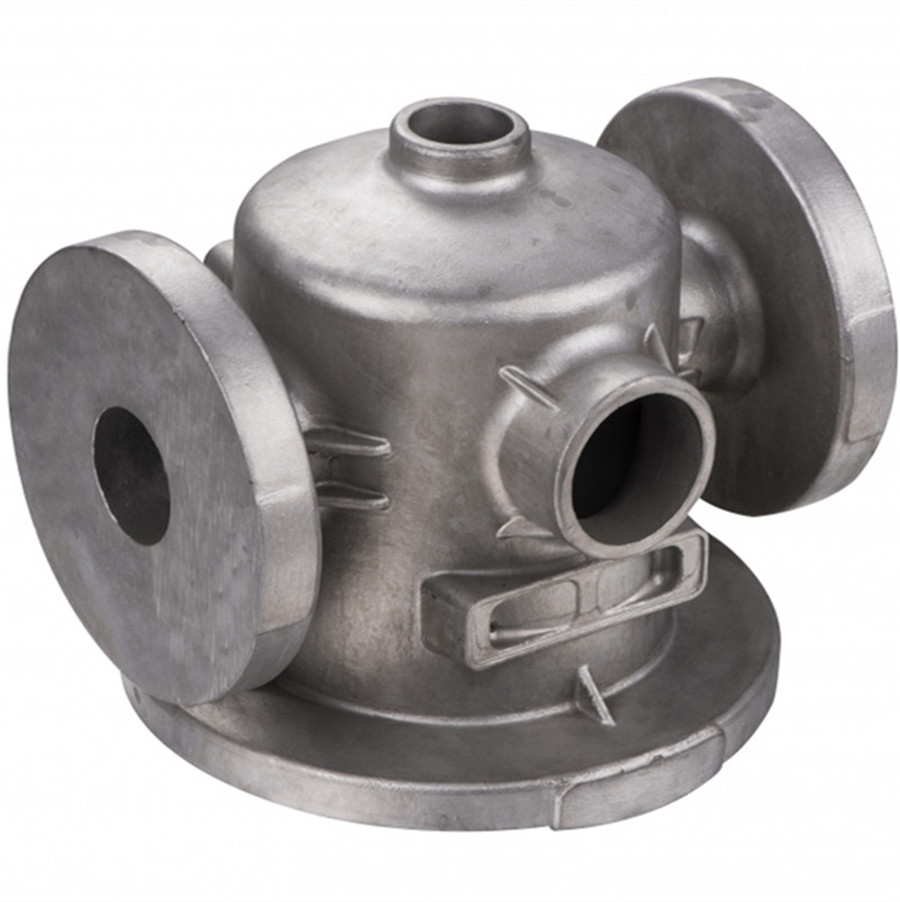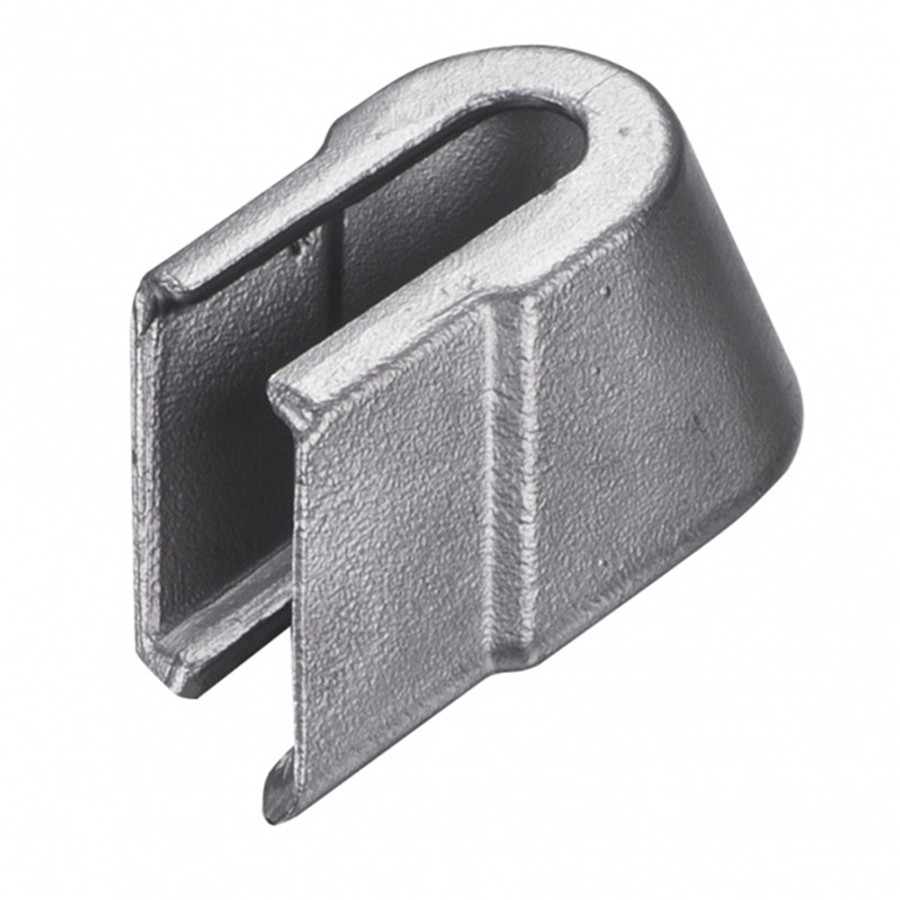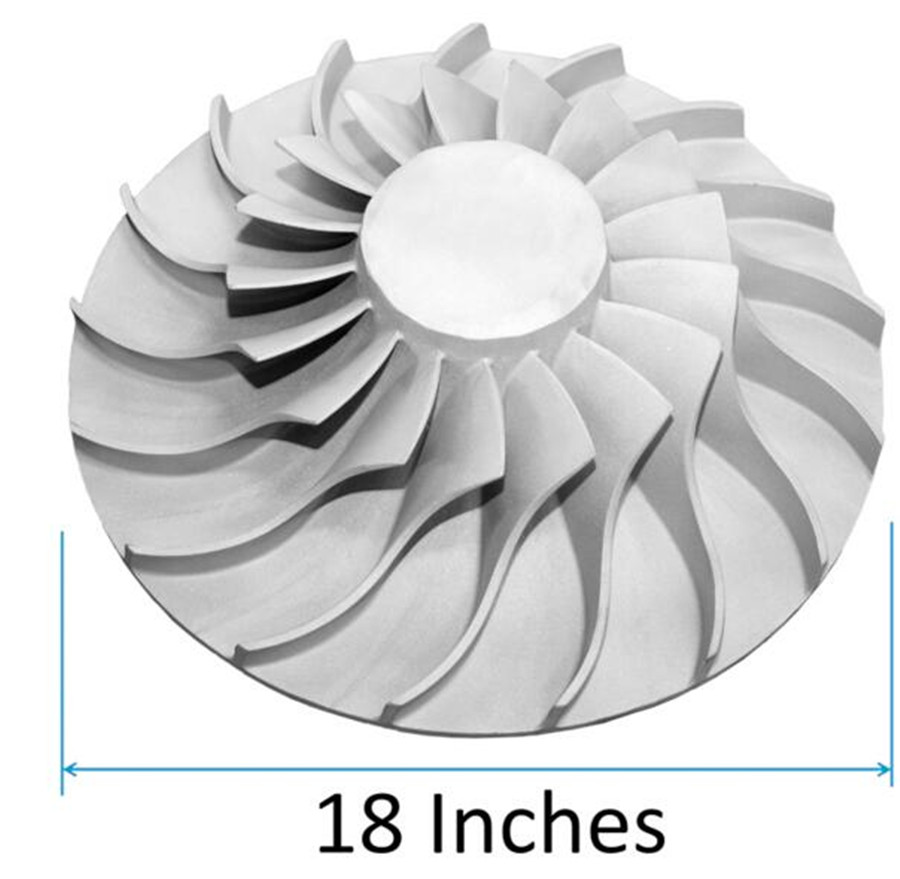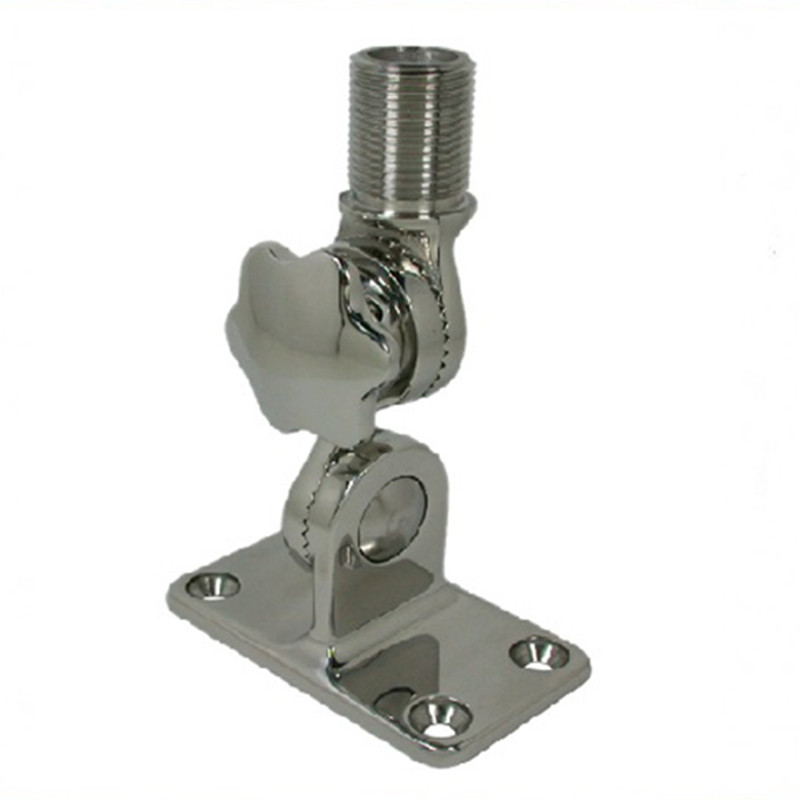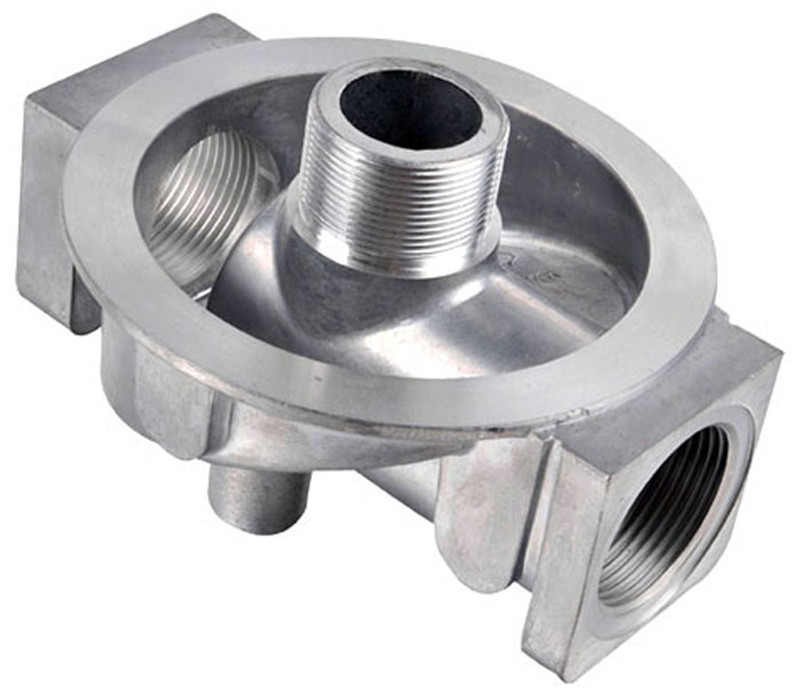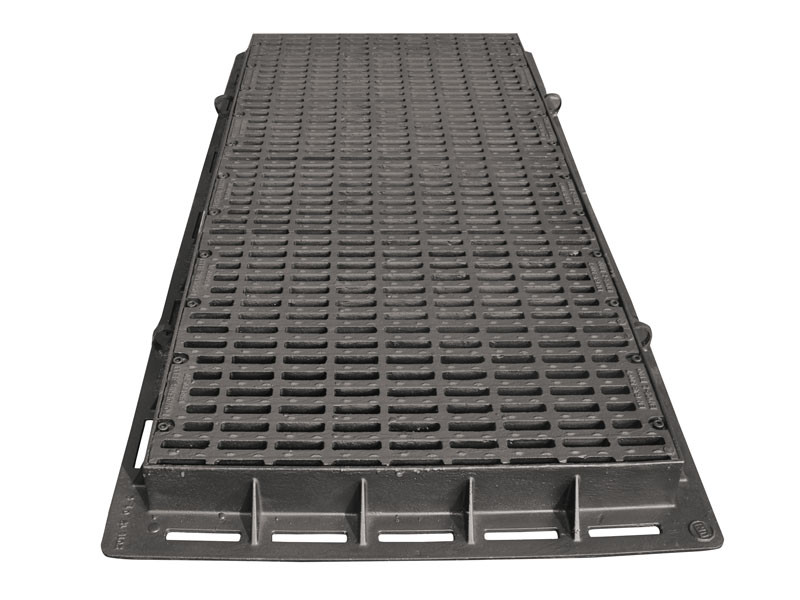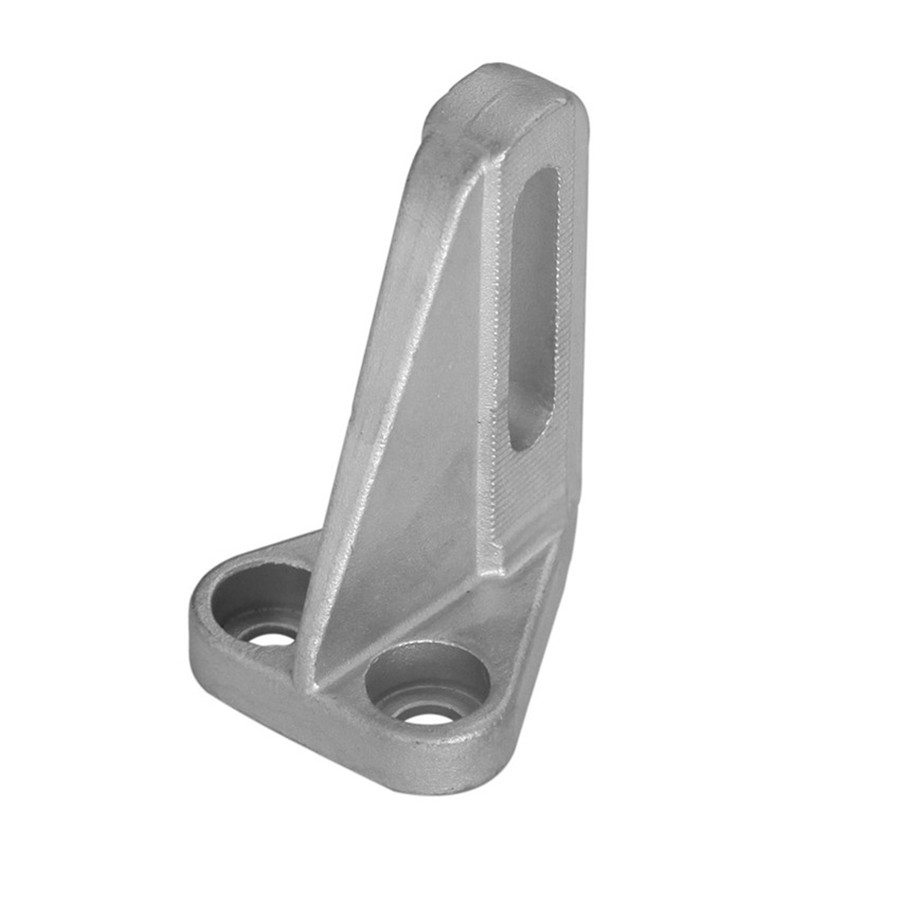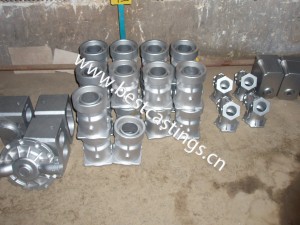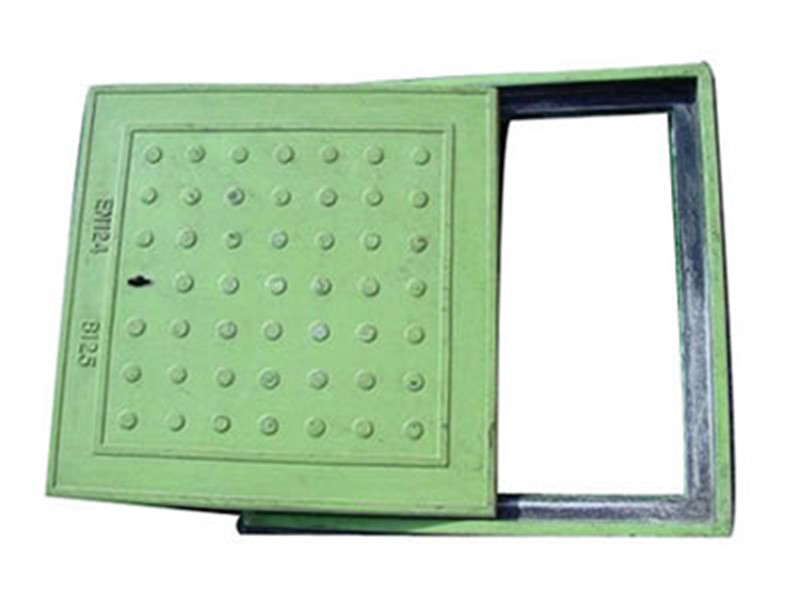Stainless Lost Wax Casting for Machinery Part
Product Description
Lost-wax process, also called cire-perdue, method of metal casting in which a molten metal is poured into a mold that has been created by means of a wax model. Once the mold is made, the wax model is melted and drained away. A hollow core can be effected by the introduction of a heat-proof core that prevents the molten metal from totally filling the mold. Common on every continent except Australia, the lost-wax method dates from the 3rd millennium BC and has sustained few changes since then.
To cast a clay model in bronze, a mold is made from the model, and the inside of this negative mold is brushed with melted wax to the desired thickness of the final bronze. After removal of the mold, the resultant wax shell is filled with a heat-resistant mixture. Wax tubes, which provide ducts for pouring bronze during casting and vents for the noxious gases produced in the process, are fitted to the outside of the wax shell, which may be modeled or adjusted by the artist. Metal pins are hammered through the shell into the core to secure it. Next, the prepared wax shell is completely covered in layers of heat-resistant plaster, and the whole is inverted and placed in an oven. During heating, the plaster dries and the wax runs out through the ducts created by the wax tubes. The plaster mold is then packed in sand, and molten bronze is poured through the ducts, filling the space left by the wax. When cool, the outer plaster and core are removed, and the bronze may receive finishing touches.
Products show
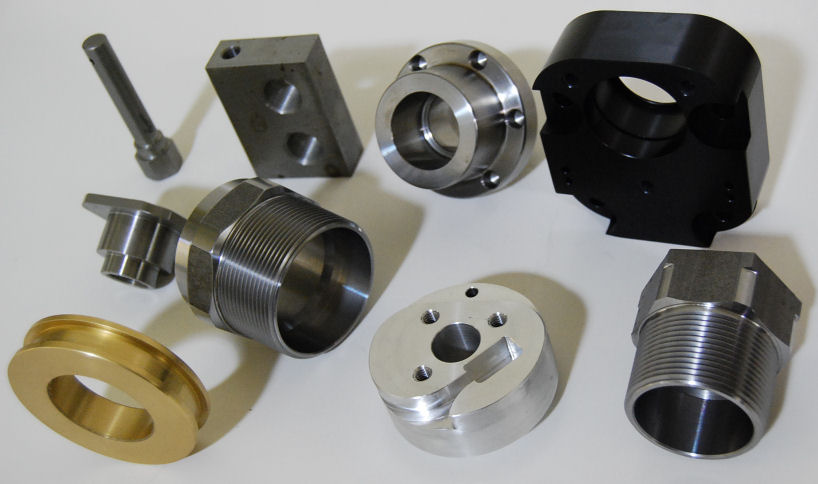
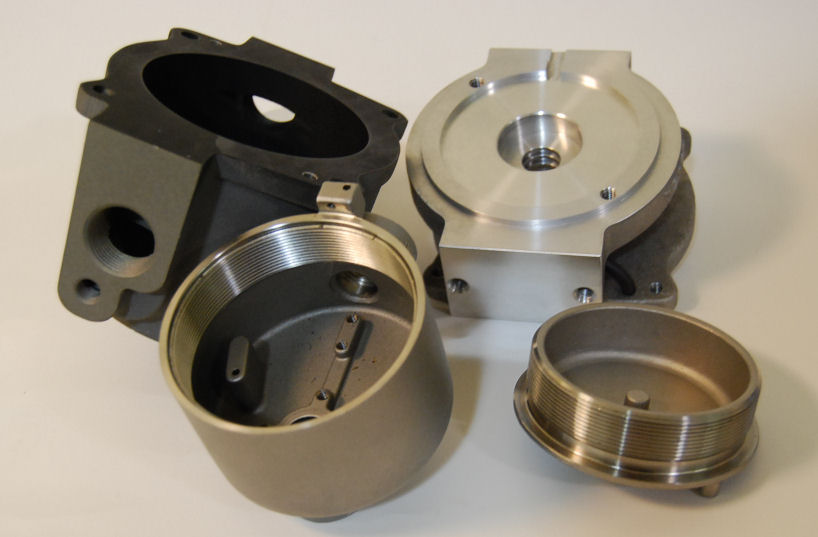
Process
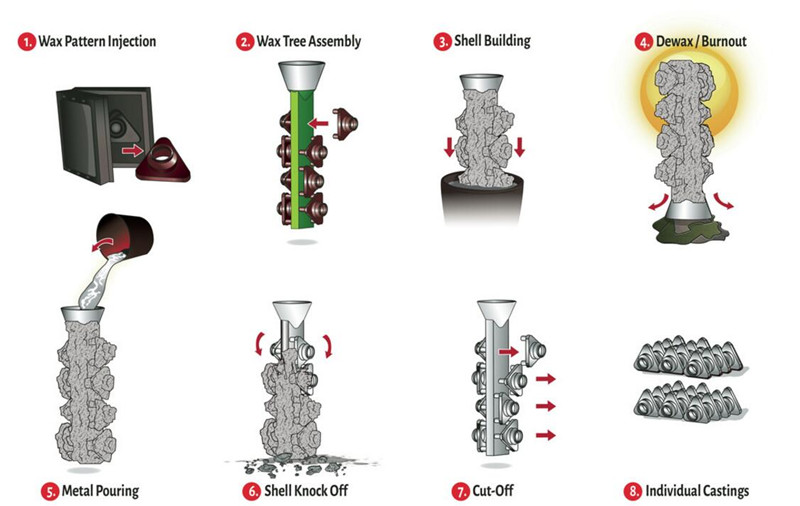
Our factory
